Steel's global role in industry over the decades
- Published
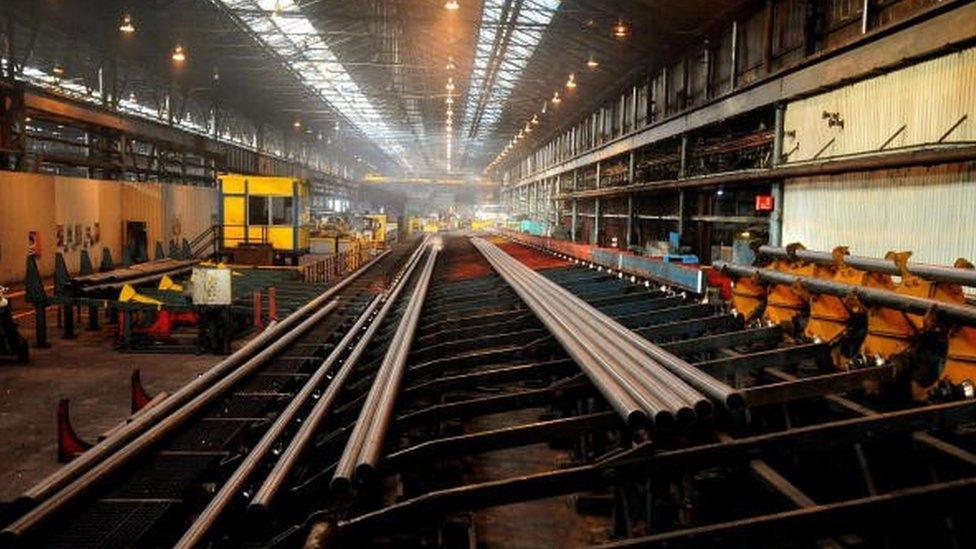
Steel has a long history stretching back more than 4,000 years, and was known to ancient Indian, Roman and Chinese civilisations, among others.
Now, as politicians, union leaders, and business tycoons discuss how to prevent the UK steel industry from becoming history, here are some steel facts:

Basic oxygen steelmaking v electric arc furnace
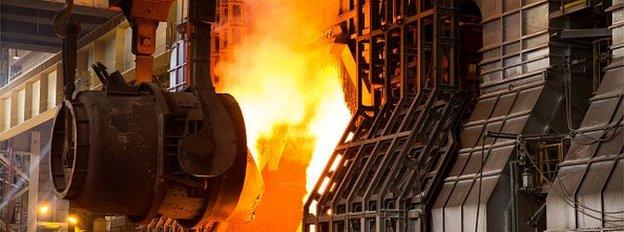
The vast majority of steelmaking in the UK is conducted using the basic oxygen steelmaking (BOS) method. Oxygen is blown through liquid iron from the blast furnaces, which lowers the carbon content of the alloy and changes it into low-carbon steel.
Most steel from Germany, France, Austria, Belgium, Russia, China and Japan is also made using this method.
In Italy, Spain, India, and the US, the majority of steel is made using the electric arc furnace (EAF) method. Steel production in electric arc furnaces is almost completely based on re-using scrap steel.
In the UK, EAFs are used to produce special quality steels steels alloyed with other metals, and some ordinary (non-alloy) quality steels.

Birth of the skyscraper
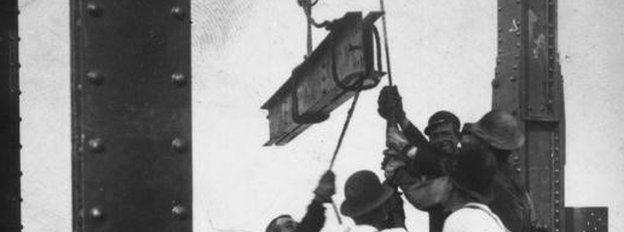
Because of its innovative use of steel in a metal weight-bearing frame design, the Home Insurance Building in Chicago, which opened in 1884, is often referred to as the first skyscraper.
It was a 138 feet (42m) tall, 10-storey building, designed by William Le Baron Jenney. In 1890 two further floors were added.
His design was new as it incorporated steel into the building's internal metal frame, alongside traditional cast and wrought iron. In combination with load bearing masonry it provided a more economical building design.
The building was demolished 47 years later in 1931. The building weighed only one-third as much as a similar stone building.
A plaque later placed at the site of the original building stated that it was the "first high building to utilize as the basic principle of its design the method known as skeleton construction and, being a primal influence in the acceptance of this principle was the true father of the skyscraper".

Garden cans and miners' baths
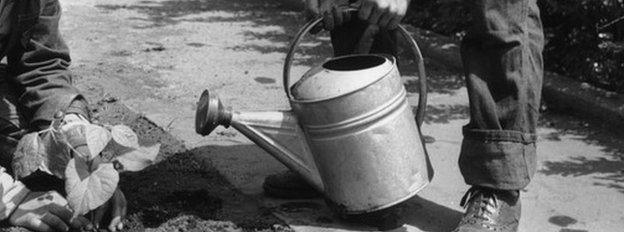
After World War Two a shortage of steel in the UK meant that supplies had to be carefully allocated, particularly when the demands of industry, repair to UK infrastructure, and house-building needs were taken into account.
One surprising side-issue emerged in May 1946 when John Belcher, MP, Parliamentary Secretary to the Board of Trade. was asked whether, "in view of the urgent need for increased food production", he would provide steel to manufacturers of high-quality garden cans, "since at the present time market gardeners are unable to obtain them".
Mr Belcher replied that there were "no restrictions on the manufacture of garden cans, but the manufacturers are short of labour and there are difficulties in getting steel in the right gauges".
He added: "The manufacturers are also very busy with orders for other important products such as dustbins, miners' baths and buckets."

Made from girders

High-strength steel was developed by the-then nationalised British Steel in the 1960s in order to build a new, enlarged, aircraft hanger at Heathrow for airline BOAC.
It was soon realised that such a material could be used in a sporting context, and one of the first uses of the new steel was for Celtic Football Club in Glasgow, who were constructing a new stand.
The new 9,000-seater grandstand was built from April to August 1971, in readiness for the opening of the 1971-72 season.
The roof was supported by a huge-central spine girder, which was 320 feet (97.5 metres) long.
At the time this was the largest tubular steel girder of its type in the whole of Europe. Huge strengthened steel girders have since been used in a number of major UK sporting stadiums, and overseas.

Stainless steel
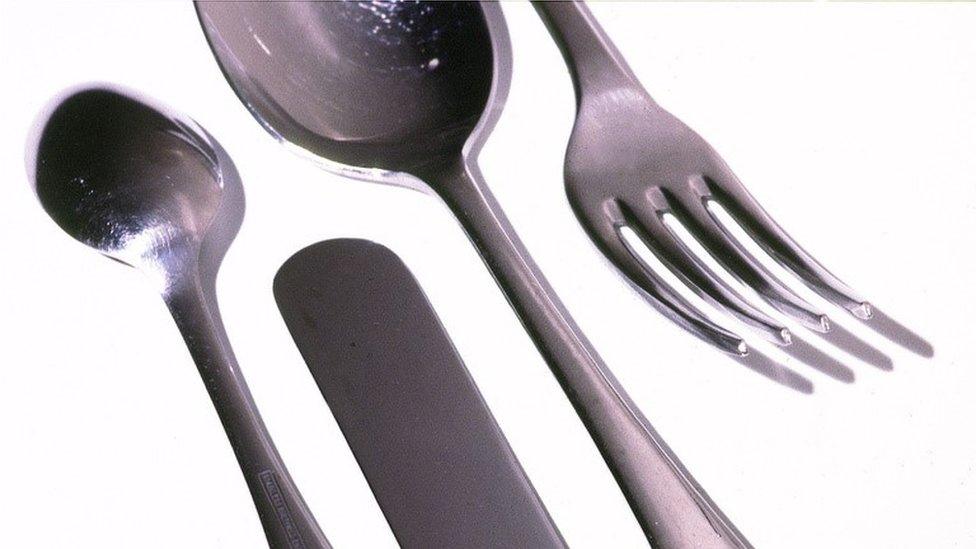
There are many claimants to the title of inventor of stainless steel, including from the UK, Germany, France, Poland, US, and Sweden.
However, what is generally accepted, is that in 1912 Sheffield researcher Harry Brearley, of Brown Firth Laboratories, was given the task of coming up with a way to extend the life of a client's gun barrels, which were eroding away too quickly.
He began experimenting with steel alloys containing chromium, and made several variations of his alloys, ranging from 6% to 15% chromium with differing amounts of carbon.
On 13 August 1913 he came up with a steel with 12.8% chromium and 0.24% carbon, argued to be the first stainless steel. It was later marketed under the Staybrite brand by Firth Vickers in England.
There are now 150 grades of stainless steel used in everything from watches and cutlery to automotive and aerospace construction.
